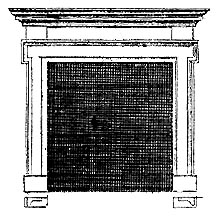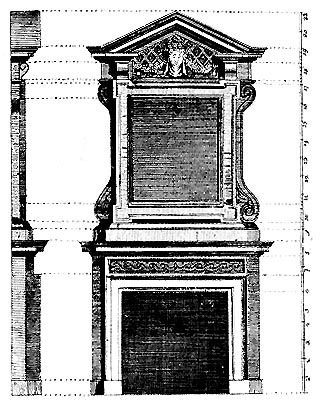
birthright of the Greeks, at least in their material activities, would have enabled the people who founded this nation, in the fear of the Lord and the resolute determination to do as they pleased, to give their buildings a perfection of form and a wealth of original decoration, worthy of their unique opportunity, worthy to be inscribed on that magnificent blank page that was opened before them; something indigenous to the soil and climate and naturally developed from their unlimited resources.
How it may have been in other directions I will not venture to affirm; but in their architectural methods our forefathers appear to have been Roman rather than Greek. The Roman, first of all things, determined the plan and construction of his buildings with reference to the uses for which they were intended — which was quite right; so did the Greek; but the Roman rarely had any other than a utilitarian motive. He knew, none better, the value of art commercially, socially and perhaps politically, — indeed nothing was worth much in his opinion that had not political significance; but it never seemed to occur to him that his construction, magnificent as it was, might be frankly revealed and still be beautiful, dignified and refined. The Greek never lost sight of that fact, and the world has never lost sight of his work. After the majestic dome of the Roman Pantheon had been raised with such marvelous skill, Greek architects applied to the interior various columns, pilasters and cornices, which form no part of the walls themselves, and attached a grand portico like a fragment of an Athenian temple to its convex outer surface. In similar way the Baths of Caracalla and Vespasian's Coliseum were most grandly built, apparently without any regard to the decoration which they were destined to receive. Then those inimitable Greek architects, with the genius which was never wholly extinguished by conquest and oppression, applied and adapted to those

-- page 6 --
|

